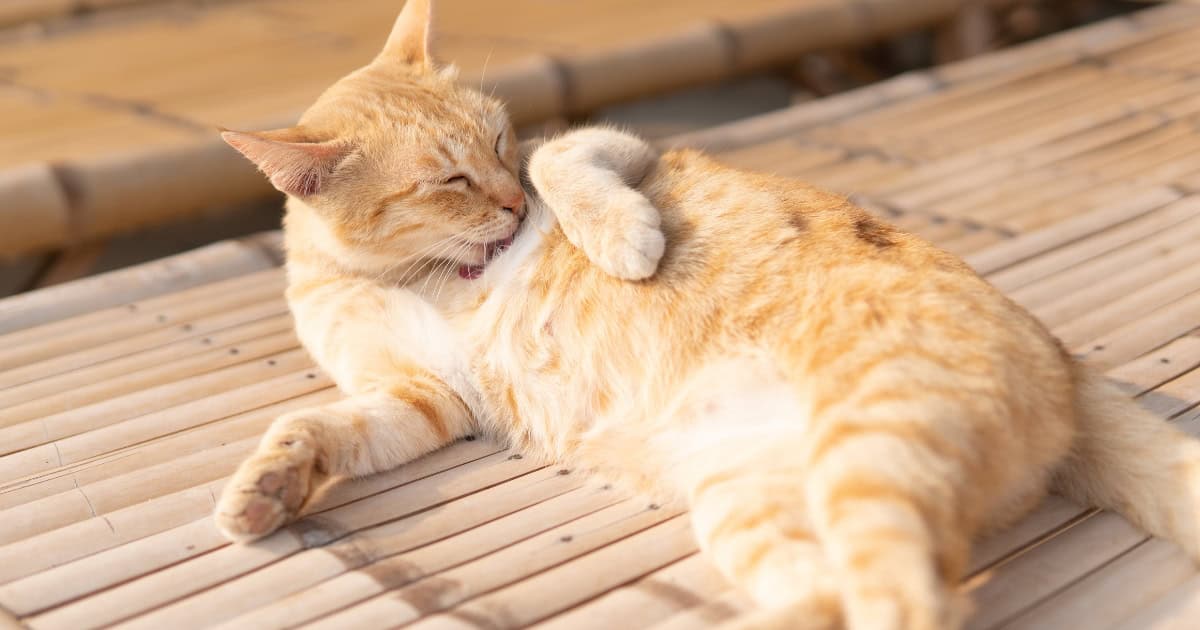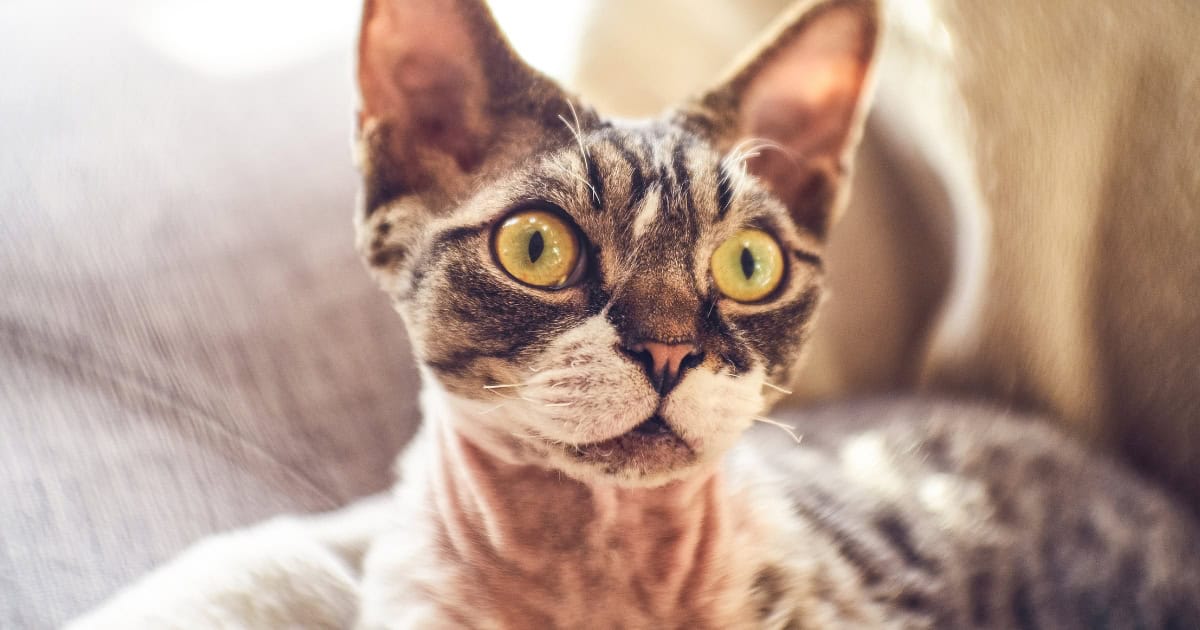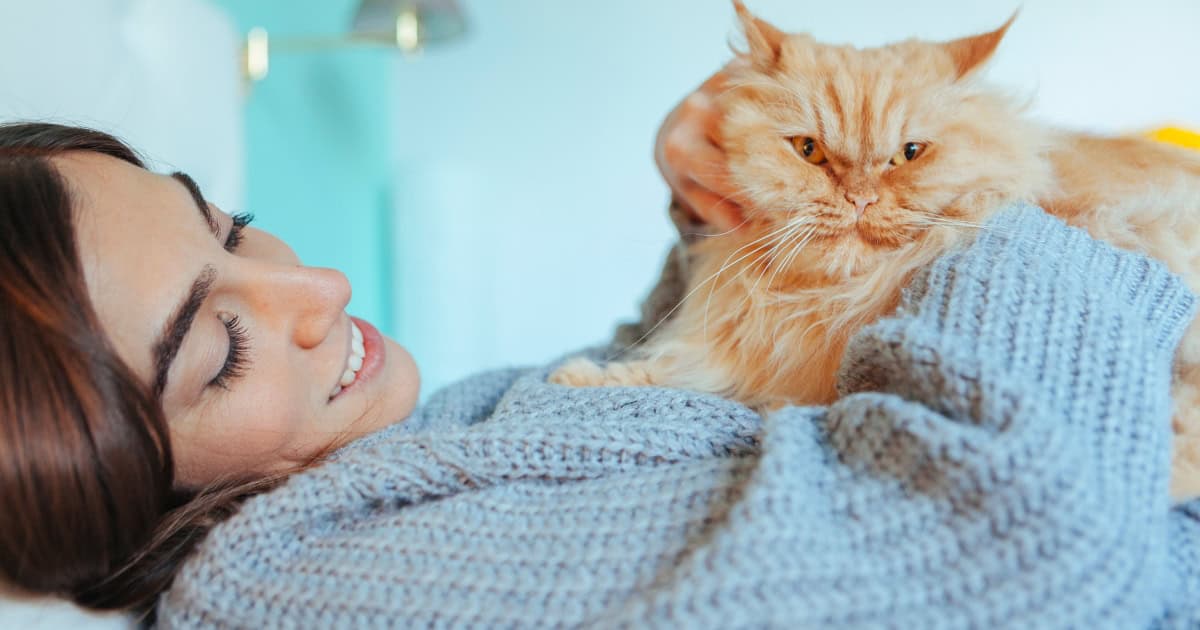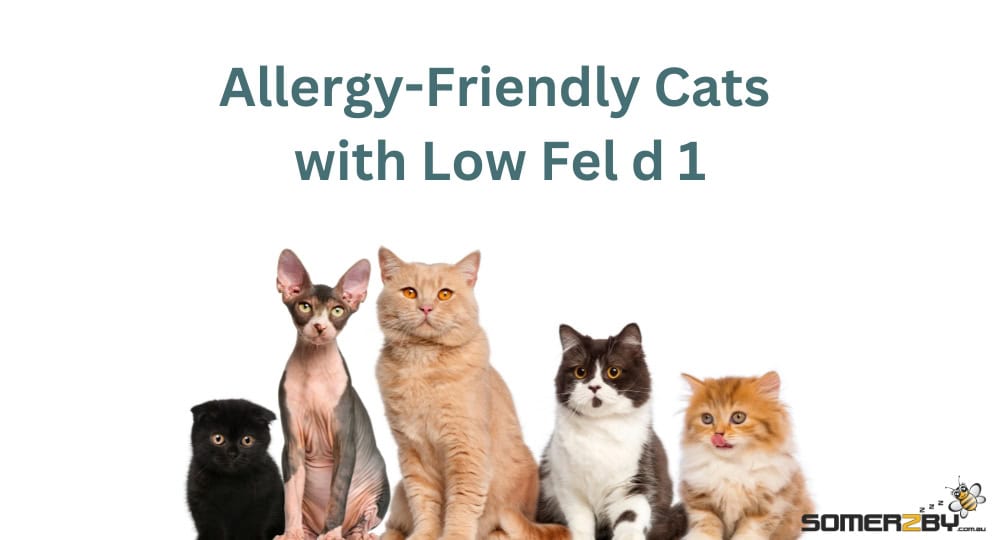Cats, How To, Info Guides
Complete Guide: Allergy-Friendly Cats with Low Fel d 1
Ever heard about cats with low Fel d 1? If you’re an allergy sufferer but love felines, stick around because this might just change your life.
We’ll learn all about Fel d 1 and its role in cat allergies, so you can understand why some folks now breathe easier around their furry friends. We’ll take a look at which cat breeds offer a sneeze-free cuddle and what science says about these breeds.
Plus, I’ve got solid tips for managing allergens at home if you’re an allergy sufferer. By the end, you’ll understand how testing for Fel d 1 works and why owning one of these cats could be a game-changer.
- Understanding Fel d 1 and Its Impact on Allergies
- Identifying Cats with Low Fel d 1 Levels
- The Science Behind Low Fel d 1 Cats
- Living with Cats When You Have Allergies
- How to Test Your Cat for Fel d 1 Levels
- Debunking Common Myths About Hypoallergenic Cat Breeds
- Caring for a Low Fel d 1 Cat
- Toni’s Wrap
Understanding Fel d 1 and Its Impact on Allergies
Fel d 1 is the main culprit behind cat allergies, a protein found in cat saliva, skin secretions, and fur. When cats groom themselves, they spread this allergen across their coat. It then becomes airborne or settles on surfaces around your home.
For people with sensitivities to it, even minor exposure can trigger reactions like sneezing or watery eyes. But there’s good news—some cats produce less Fel d 1 protein than others.
This discovery has been game-changing for allergy sufferers who love cats but struggle with symptoms. A deeper look at scientific research shows that factors like breed and gender influence how much Fel d 1 a cat produces—with male cats typically producing more than females.
Understanding this can help you choose a pet that might be easier on your allergies without giving up the joys of having a feline friend.

Identifying Cats with Low Fel d 1 Levels
Recent research points to specific cat breeds that are more likely to produce less of this allergenic protein. While no cat is completely hypoallergenic, some cat breeds come close.
Siberian Cats: Are often considered low-allergy due to their lower production of the Fel d 1 protein.
Cornish Rex Cats: Known for their distinctive curly coat and affectionate nature are reported to produce lower levels of Fel d 1.
Balinese Cats: Similar to the Siamese but with longer hair, they are known to produce fewer allergens.
Russian Blue Cats: Russian Blues are often reported to be well-tolerated by individuals with allergies.
Bengal Cats: While not hypoallergenic, some people with allergies find they react less to Bengal cats.
Devon Rex Cats: Their short, curly coat may produce fewer allergens.
Oriental Shorthair Cats: Known for their sleek appearance, some people find that they cause fewer allergy symptoms.
Sphynx Cats: Sphynx cats are considered hypoallergenic due to their hairlessness, which reduces the production and spread Fel d 1.
Keep in mind that individual reactions can vary, and there’s no truly hypoallergenic cat. Regular grooming, a clean living environment, and consulting with an allergist can also help manage allergies.

The Science Behind Low Fel d 1 Cats
When it comes to low Fel d 1 cats, the magic lies in their genetics. These felines have a naturally occurring mutation that reduces the production of the allergenic protein Fel d 1.
This is great news for allergy sufferers because these cats trigger fewer symptoms. Scientific interventions also play a role here.
Breeders and geneticists are hard at work identifying and promoting genes associated with lower allergen levels through selective breeding programs like those seen with Siberian or Balinese breeds known for reduced Fel d 1 secretion.
Living with Cats When You Have Allergies
If you love cats but sneeze at the mere thought of them, living with these furry companions can seem like a dream out of reach. Yet, there are steps you can take to share your home with a cat while keeping those sniffles at bay.
The key is in reducing exposure to Fel d 1, the protein that triggers allergies in many individuals. This starts by choosing a feline friend known for lower levels of this allergen.
Regular grooming and bathing your cat can also cut down on airborne allergens significantly. Beyond personal care routines, consider investing in an air purifier equipped to filter out fine particles including pet dander; some models are specifically designed to tackle pet-related allergens.
It’s about creating an environment where both you and your low Fel d 1 kitty can thrive together comfortably.
How to Test Your Cat for Fel d 1 Levels
If you’re sneezing or itching around your cat, it might be time to check if they’re the cause. Cats produce a protein called Fel d 1 that triggers allergies in some people. But did you know you can test how much of this pesky allergen your cat produces?
First up, there are labs that specialise in pet allergy testing. These professional services analyze fur and saliva samples to measure Fel d 1 levels. They give detailed results but can be pricey.
An alternative is an at-home kit which is less expensive and convenient. You’ll take a swab from your cat’s mouth or collect some cat fur following the instructions provided with the kit.
Then send it off for analysis and await your answers. This scientific research explains how testing works and its importance in managing allergies effectively.

Debunking Common Myths About Hypoallergenic Cat Breeds
Many people believe that hypoallergenic cats are a complete solution for allergy sufferers, but this isn’t always the case.
Myth: Hypoallergenic Cats Are Completely Allergy-Free.
No cat breed is completely allergy-free. Hypoallergenic breeds may produce fewer allergens, but individual reactions vary.
Myth: Only Hairless Cats Are Hypoallergenic.
While some hairless breeds like the Sphynx are considered hypoallergenic, several long-haired breeds, like the Siberian or Balinese, are also known for producing fewer allergens.
Myth: Allergies Only Come from Cat Hair.
Cat allergens come from skin cells, saliva, and urine. While hair plays a role, it’s not the sole factor.
Hypoallergenic cats may still produce these allergens, but in lower quantities.
Caring for a Low Fel d 1 Cat
Those who love cats but sneeze at the mere thought of them might find solace in breeds with low Fel d 1 levels. If you’re one such individual, caring for these feline friends requires a bit more than your average cat care routine.
It’s about keeping allergen levels down while ensuring your pet is healthy and happy.
Grooming: Regular brushing can help remove loose fur and dander that carry allergens. Additionally, consider using pet-friendly shampoos designed to reduce allergens without drying out their skin.
Diet: Diet also plays an important role in managing allergies; high-quality food supports overall health and can influence skin condition—and by extension, dander production.
Toni’s Wrap
So, you’ve navigated the world of cats with low Fel d 1. Now, let’s recap the essentials. While no cat can be guaranteed hypoallergenic, understanding the factors influencing allergen levels, such as breed and grooming practices, can guide prospective cat owners toward choices that align with their sensitivities.
Whether it’s the elegant Oriental Shorthair, the hairless wonder of the Sphynx, or other breeds known for lower Fel d 1 production, finding the right feline companion involves considering individual tolerance and lifestyle factors.
Remember, maintaining a clean living environment is a key element in managing allergies associated with cat ownership.




